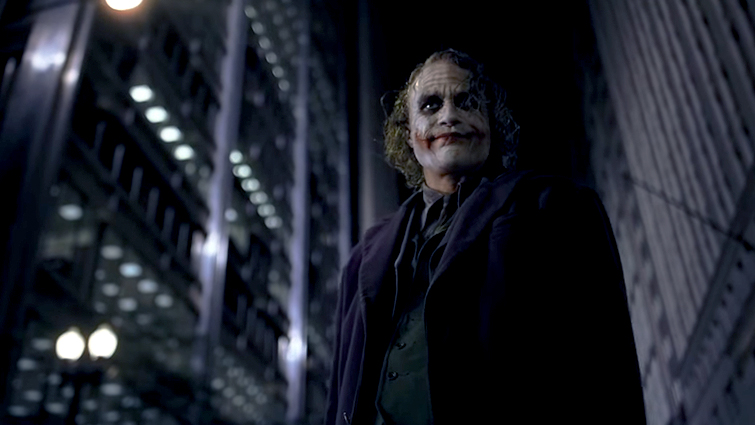cinematography task
The scene begins with an establishing shot held from a high angle. This has an immediate effect which establishes the dramatic, eerie genre which is constructed by the cinematography combined with other aspects of mise-en-scene such as lighting. The high angle makes the setting appear large and isolated which generates feelings of fear in the audience, as they feel as if they are in this room, alone. Furthermore the establishing shot helps to introduce the setting to the audience, so that they learn and make assumptions about the story-line. The positioning of the camera during this shot is also highly significant; the deliberate placement of the isolated, towering door in the centre of the shotcatches the audiences' attention, playfully suggesting that something dangerous and significant to the story will emerge.
As the little girl emerges from behind the curtains, the camera transitions to a long-medium shot. The effect of this is skillful as it allows us (the audience) to see her clumsy movement which shape our initial impressions of her character. It is also skillfully used to introduce her as distant and foreign; the long shot allows us to see her whole body, yet not close enough to see her facial expressions therefore the audience does not immediately feel attached or create any emotional connection with her yet.
When the camera transitions to the stuffed polar bear, the producers use a low angle which tilts up on the creature. This makes the bear seem dangerous, towering and monstrous which is used to create fear and add on to the sinister, uncanny mood.
As the scene progresses, the little girl appears in mostly medium shots; this is a way of the producers gradually zooming in in-order to slowly create an emotional connection between character and audience. These medium shots, as predicted, transition into close-ups of the little girl's face. At this point, the audience find themselves slowly connecting with the character. This is very important, as this results in the characters feelings being generated on to the audience.
When the stone box begins to open, the camera goes back to an establishing shot in order to fully portray the enormous effect of the box from a distance, which puts things in perspective for the audience and teaches them the power that the box holds. This establishing shot also shows the small size of the little girl compared against the massive, ginormous box, resulting in the audience fearing for the girl as she appears tiny and helpless.
When the older Amy falls out of the box, the camera immediately captures her in a close-up shot. This differs from how the younger Amy was presented to us (long shot). This suggests that because the older Amy is a secondary character, we (the audience) are less likely to form an emotional connection to her as we would with the younger Amy, our primary character. The close-up is a technique used to compensate for this, suggesting that the producers also want the audience to bond with the older Amy, suggesting she is a significant character. This suggestion is supported as the scene evolves; the older Amy is captured in mostly close-ups and medium shots.
Film Stills

In this still, the character is presented from a high angle. This is deliberate in making the character appear weak and helpless, which is a way the producers communicate with the audience to suggest danger.

In this still, the character is captured from a low angle. This makes the character visually appear towering and dominant, hinting to the audience that this character is dangerous and powerful.

Close ups are used frequently by producers in order to establish emotion and create a connection between the character and audience; by zooming in on their emotional response (portrayed by facial expressions), the producers are prompting the audience to sympathise with characters and share their feelings, creating a bond between the two
An establishing shot is used here in order to set the scene and present the audience with clues as to how the story-line will unravel. This shot also establishes genre and mood for the rest of the story.
Comments
Post a Comment